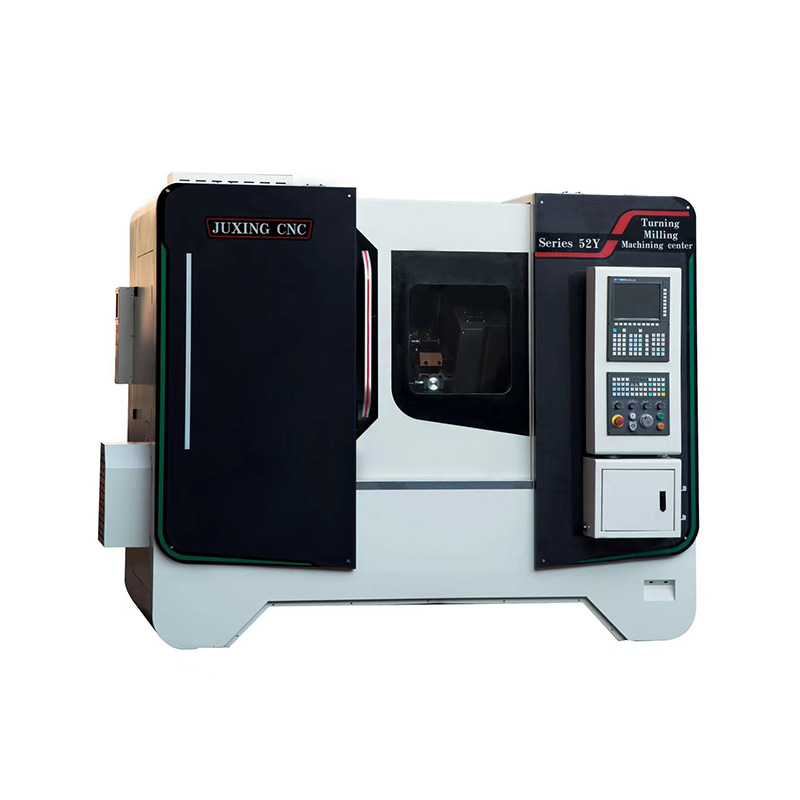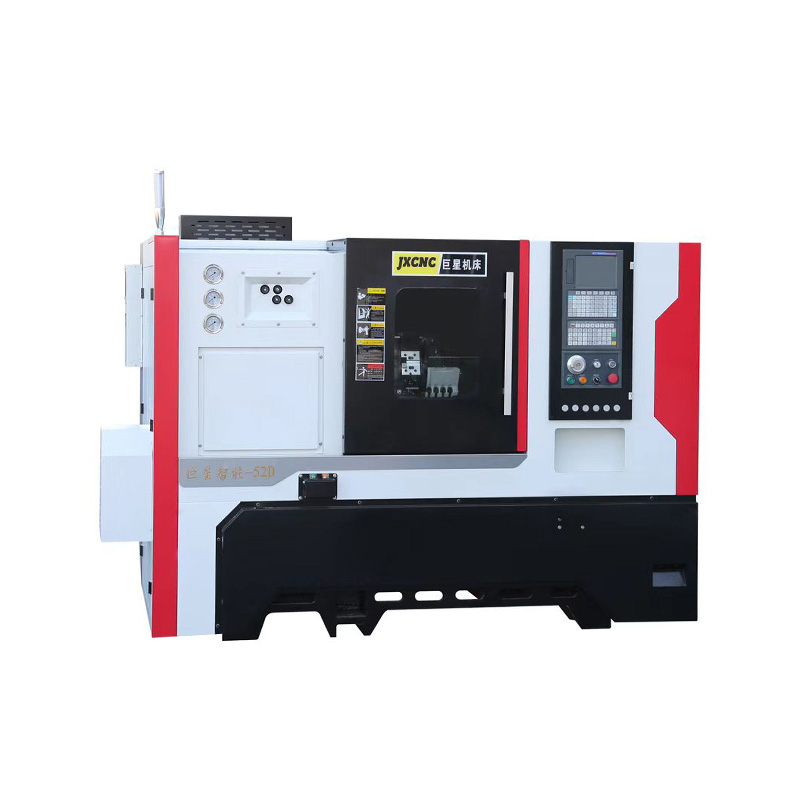The landscape of modern manufacturing has been fundamentally reshaped by the advent of computer-controlled systems, with the CNC machining lathe standing as a cornerstone of this industrial evolution. At its core, a CNC machining lathe is a sophisticated machine tool designed to shape a workpiece by rotating it against a stationary cutting tool. Its main purpose is to automate and execute precision machining operations with a level of consistency, complexity, and efficiency that is unattainable through manual methods. This capability makes it an indispensable asset across countless industries, from aerospace and automotive to medical device manufacturing. The output and reputation of a modern CNC machining factory are heavily dependent on the effective deployment and operation of these versatile machines.

Achieving Uncompromising Precision and Repeatability
The primary advantage of a CNC machining lathe lies in its ability to produce parts with exceptional dimensional accuracy and to replicate those results identically across production runs.
- Digital Blueprint Execution: Unlike manual lathes that rely on the skill and steady hand of an operator, a CNC machining lathe operates directly from a digital design file, typically a CAD model. This digital instruction set guides the machine's movements with microscopic precision, eliminating human error from the cutting process. The result is a part that matches the designer's intent down to fractions of a millimeter.
- Mass Production Consistency: Once a program is verified, the CNC machining lathe can produce the part, the hundredth part, and the thousandth part with virtually no variation. This repeatability is crucial for manufacturing interchangeable components. In a high-volume CNC machining factory, this ensures that every piston, valve, or shaft will fit and function as intended within a larger assembly, guaranteeing product reliability.
Enabling Complex Geometries and Advanced Operations
- Beyond simple cylindrical shapes, the capabilities of a CNC machining lathe extend to creating intricate geometries that would be incredibly time-consuming or outright impossible to produce manually.
- Multi-Axis Machining: Modern CNC lathes are often equipped with multiple axes of movement. While a basic lathe operates in two axes (X and Z), advanced models incorporate a C-axis (spindle rotation control) and live tooling. This allows the machine to perform milling, drilling, and tapping operations on the workpiece without removing it from the chuck. A single, sophisticated setup on a multi-axis CNC machining lathe can complete a complex part that would otherwise require several different machines.
- Contouring and Profiling: The programmable nature of the CNC system allows for the creation of complex contours, tapers, and profiles. Whether it's the aerodynamic curve of a turbine blade or the intricate threads on a custom fastener, the lathe can guide the cutting tool along precisely calculated paths. This flexibility empowers engineers to design parts for ideal function without being constrained by manufacturing limitations, a key service offered by any advanced CNC machining factory.
Optimizing Manufacturing Efficiency and Workflow
The automation inherent in CNC technology directly translates to significant gains in production efficiency, reducing labor intensity and accelerating turnaround times.
- Reduced Manual Intervention and Labor: After the initial setup and programming, a CNC machining lathe can operate untended for long periods, often through an entire cycle. This automation reduces the physical labor required per part and allows a single skilled operator to manage multiple machines simultaneously. For a CNC machining factory, this means higher output with a more streamlined workforce, optimizing operational costs.
- High-Speed Production and Rapid Prototyping: CNC lathes can operate at high spindle speeds and feed rates, significantly reducing cycle times compared to manual machining. This speed is invaluable for both mass production and rapid prototyping. A design can be sent to a CNC machining factory and a functional prototype can be produced in a matter of hours, allowing for quick iteration and faster product development cycles.
- Integration with Automated Systems: CNC machining lathes are designed to integrate seamlessly with broader industrial automation systems. They can be equipped with robotic part loaders and unloaders, and connected to automated guided vehicles (AGVs) for material handling. This creates a continuous production cell that can run for extended periods, day and night, the utilization of equipment within a modern CNC machining factory.


